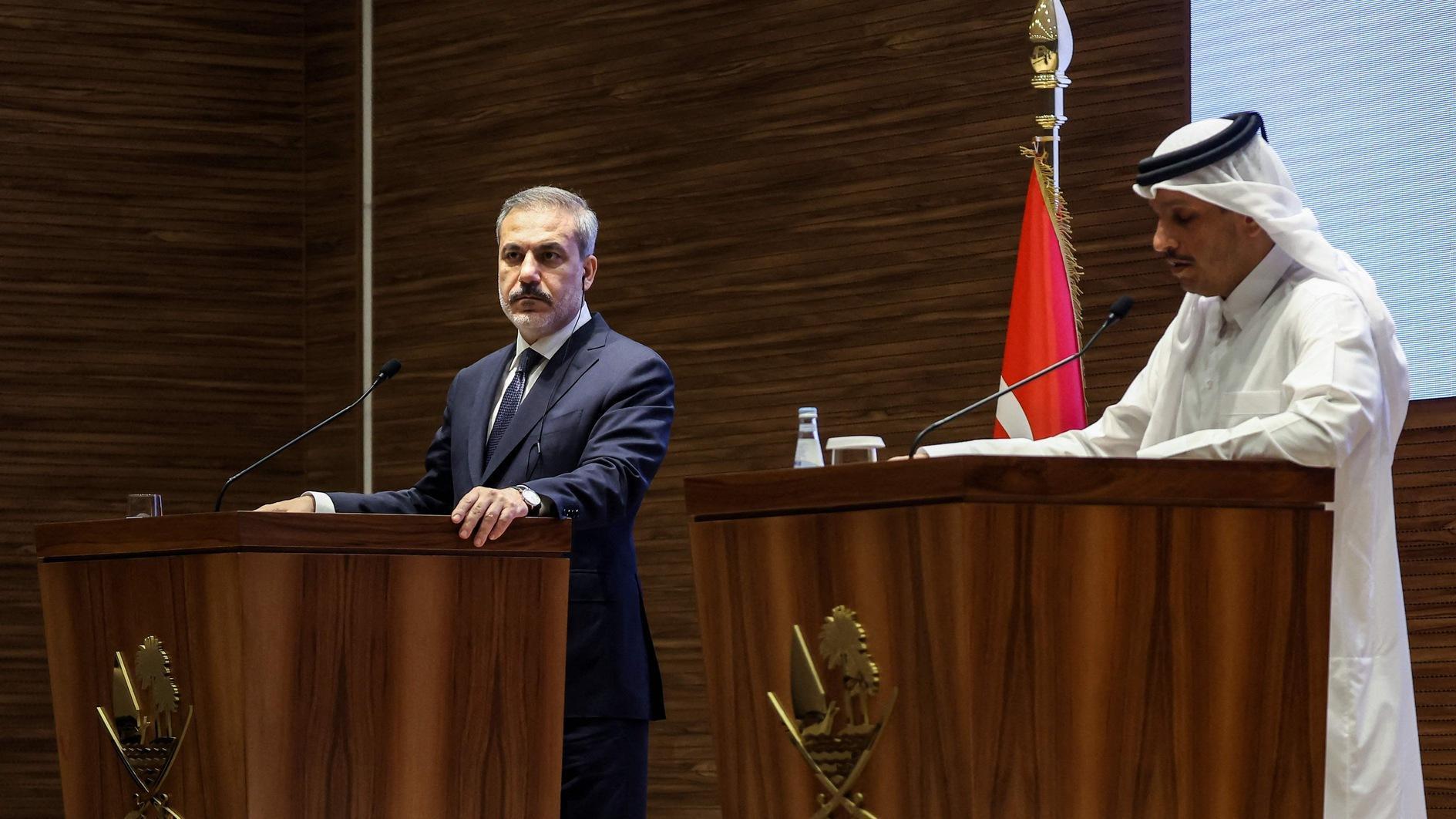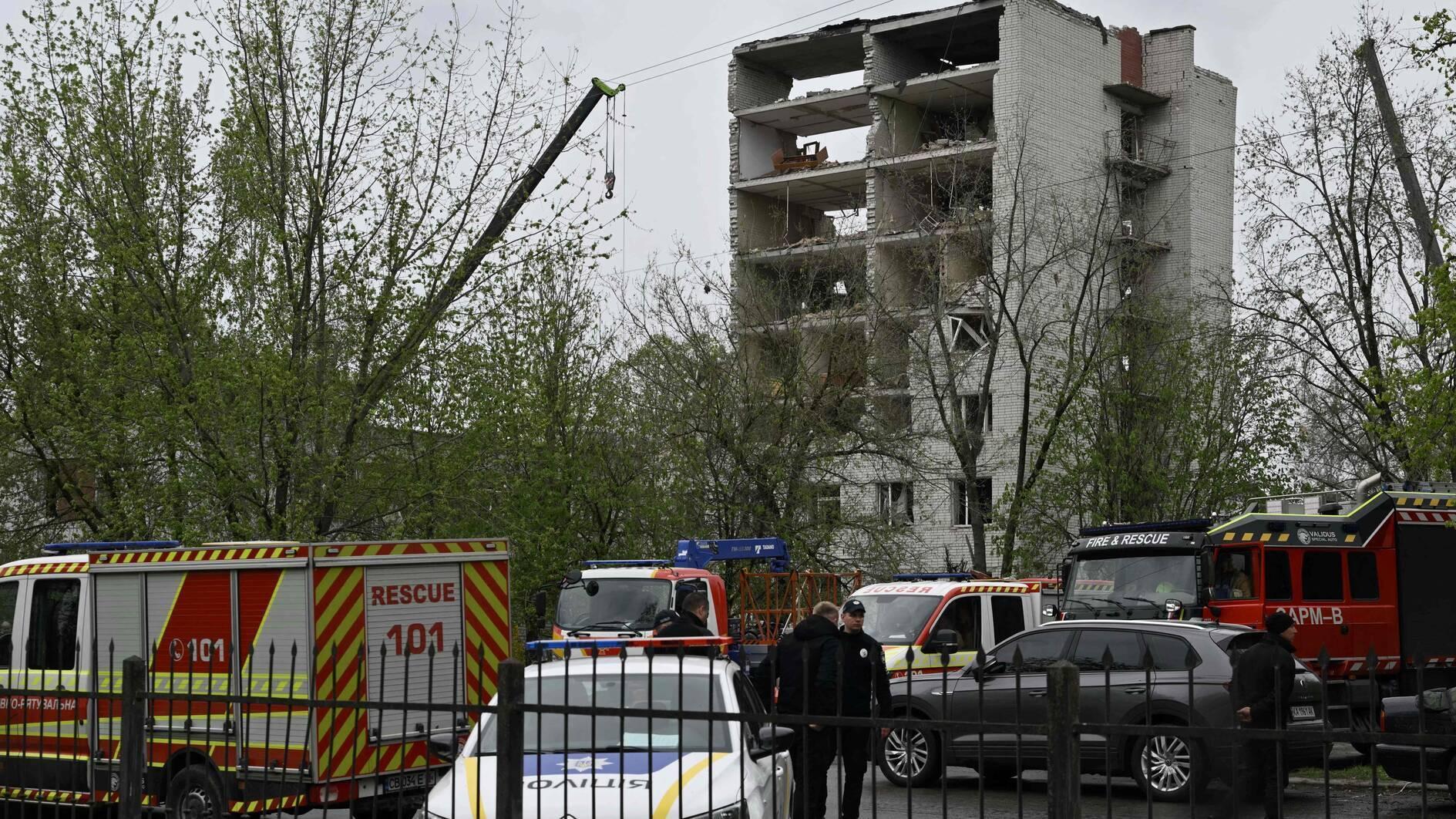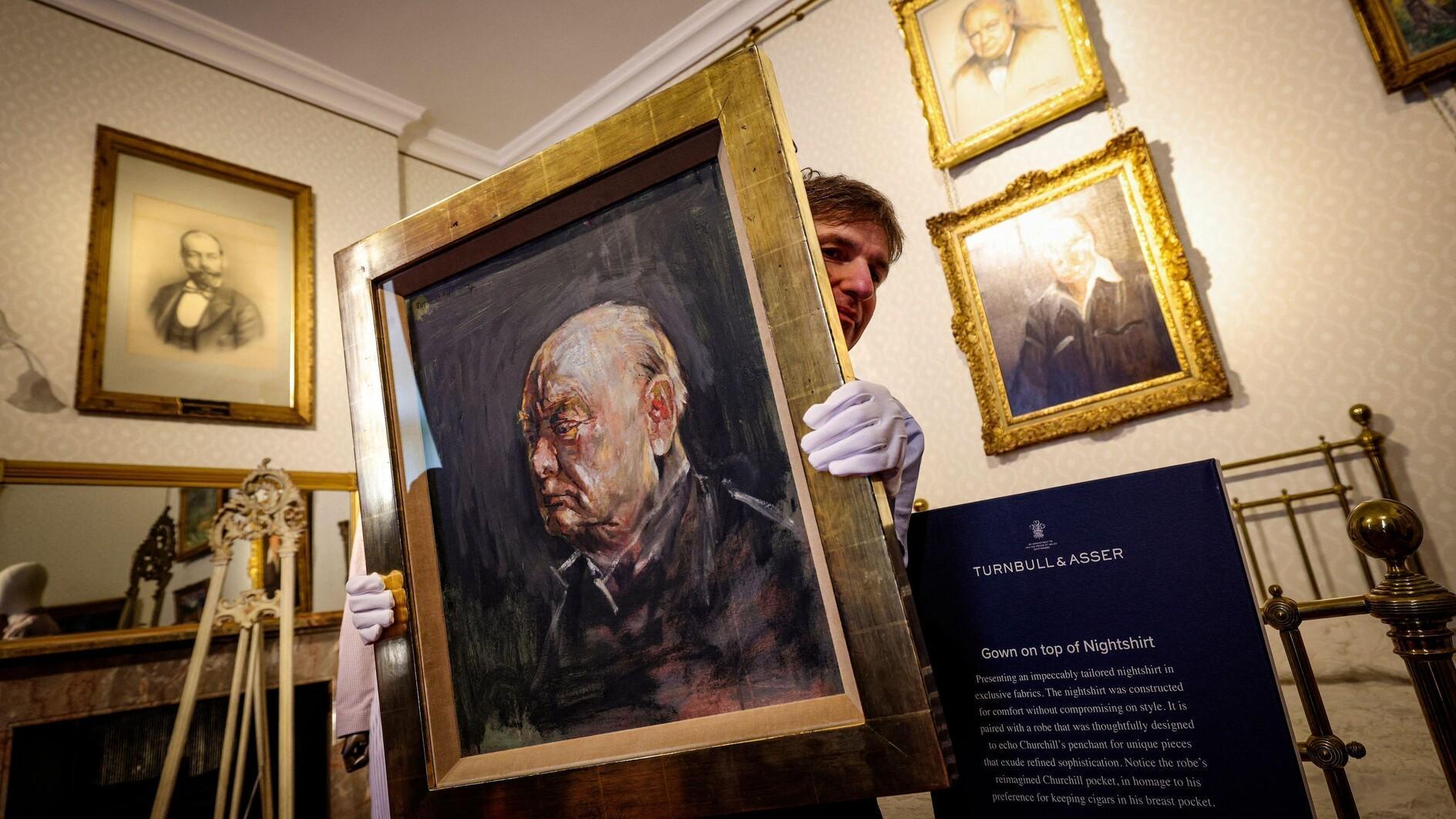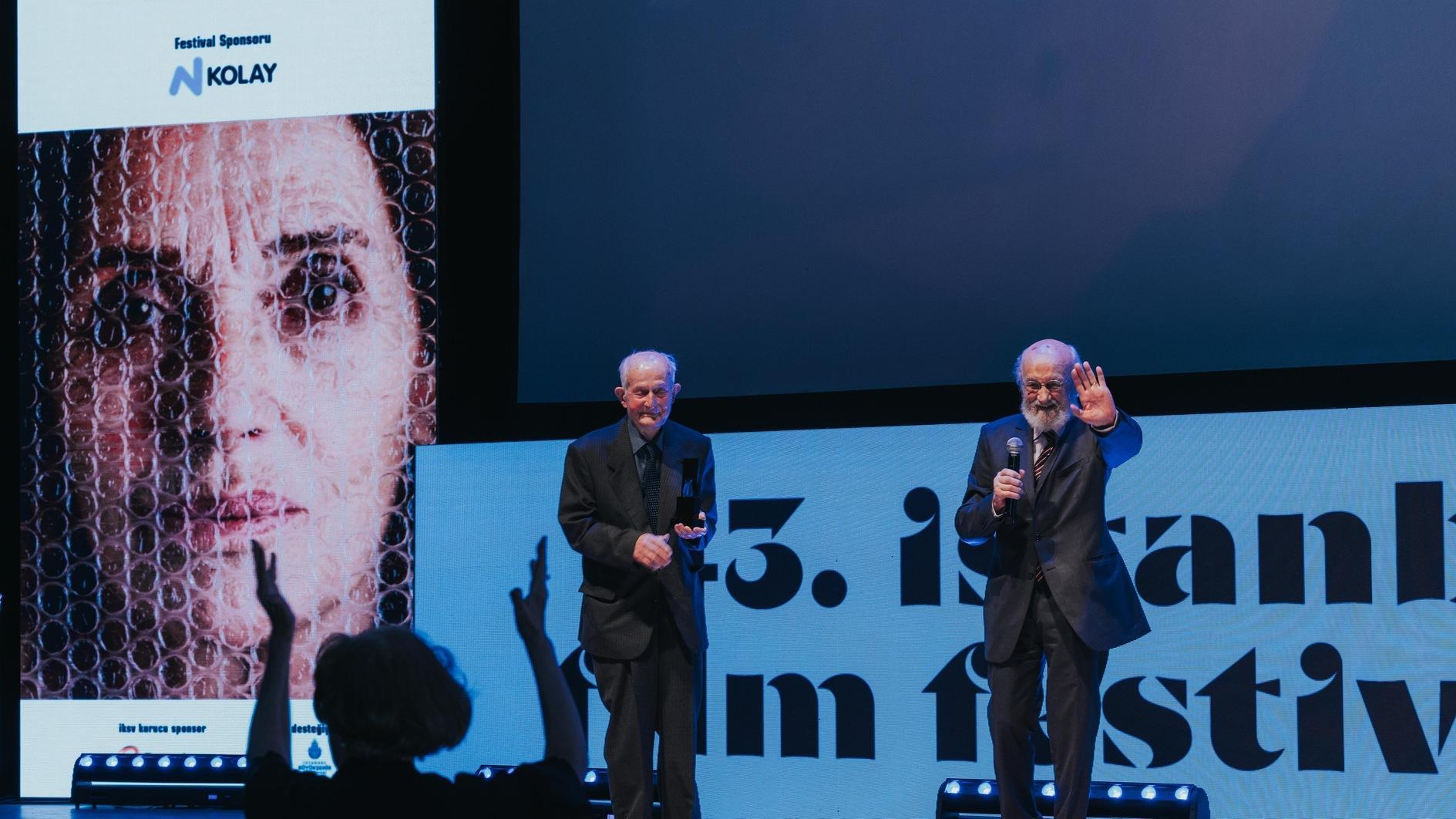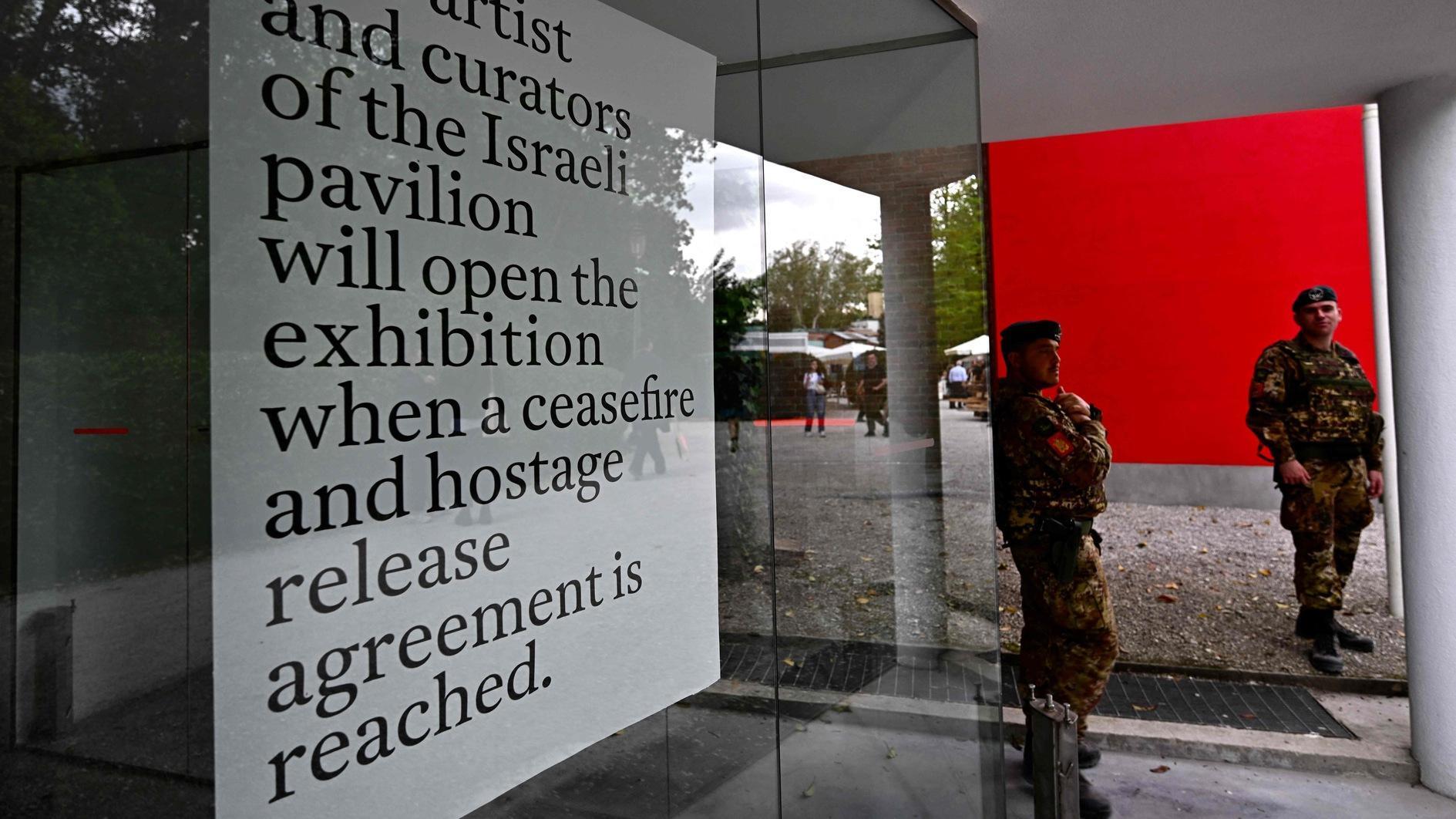Unified Arab force: A triple oxymoron
When Arab League chief Nabil al-Arabi called March 9 for the creation of a “unified Arab force” to battle the spread of extremist groups, he actually used a rare figure of speech: A triple oxymoron.
Unified?
The current relationship system between Arab countries was institutionalized in the 1970s, with later reforms, to become “more consistent with state sovereignty and better able to accommodate the Arab states’ separate identities” compared to the past.
It was thought in the aftermath of the Arab Spring that the revolutions could lead to a more super-national Arabism, bringing individual states together.
The Arab world, however, has rarely been as fragmented as today, not only in the relationships between states in the region, but also within each country itself.
Currently, Arab states cannot agree with each other even on the simplest of policy issues, like whether the Muslim Brotherhood is a terrorist organization or not.
A deeper democratization drive that was hoped to follow the revolutions of the Arab Spring has largely failed, except perhaps in Tunisia, as tribalism sentiments still last in each country, undermining a potential for democratic super-nationalism.
Libya, Yemen and Somalia have collapsed into failed states, the Maghreb has become an Al-Qaeda breeding ground, a foreign-fuelled civil war has almost destroyed Syria and destabilized Iraq, Lebanon and Jordan, while Egypt has turned back to authoritarianism, the divided Sudan is being destroyed on both sides now, the Gulf states keep drowning any hope of democracy by pumping in petrodollars and Palestine remains as the neverland broken up by its own factions, as well as Israel.
Neither democratic movements nor authoritarian backlashes could be able to unify the Arab world, if not as magnificently as the European Union, at least as effectively as the African Union.
During its 25th annual summit last year, the Arab League could only display an apparently mutual narrative against Israel, Iran and the Syrian regime. Still, this narrative has failed to produce a “united” front on the ground so far, as seen in al-Arabi’s latest statement.
And force?
Spending billions of petrodollars -which will definitely decrease in years, for arms -which will doubtlessly be outdated soon, is not the answer to attain hard or soft power in the long term. A strong, diverse and innovative economy is needed to do it in today’s world and that’s where each Arab state lags far behind.
Years after the revolutions, Arab countries keep failing to “redistribute, reform, and represent ordinary citizens’ interests,” hence lacking a strong private sector, which requires a softening of borders between Arab economies, as observed by researchers Adeel Malik and Bassem I. Awadallah in a 2013 paper.
The persistence of extractive institutions and a continuing lack of an egalitarian education system which encourages pluralism and inclusivity are at the core of the Arab world’s problem today at home and abroad.
Without an economic engine pulling each Arab country toward each other and ironing out their differences around common interests, it cannot be easy to unify the region; neither politically nor culturally.
As such, the idea of having a “unified Arab force” would converge to reality in proportion to the Arab peoples’ willingness and determination to push their administrations toward democracy, human rights, economic integration and international cooperation.
Until then, the phrase “unified Arab force” will be widely understood as a triple oxymoron or even a fallacy, as the region ends up in the same old cul-de-sac of always needing a non-Sunni adversary to create unity, albeit as an illusion.



